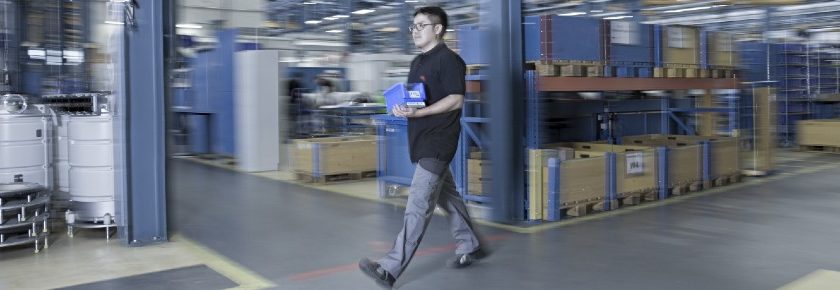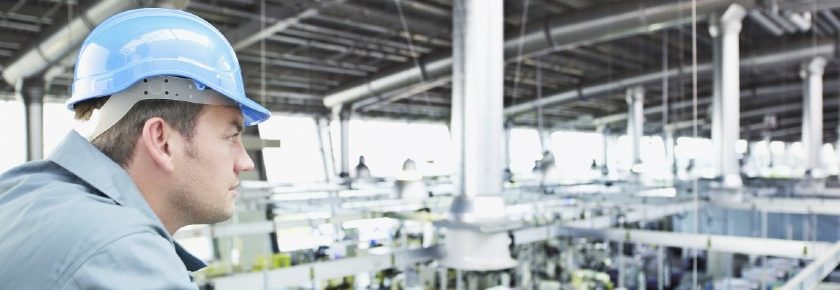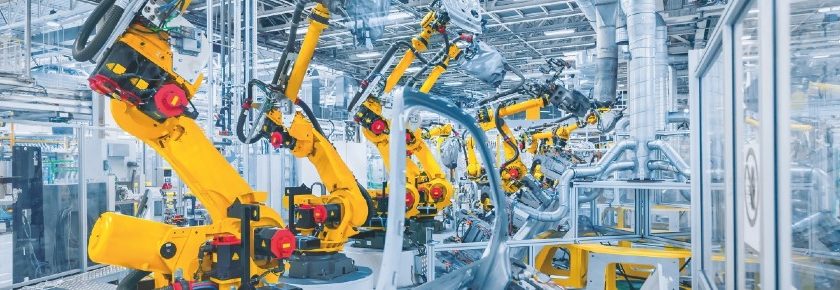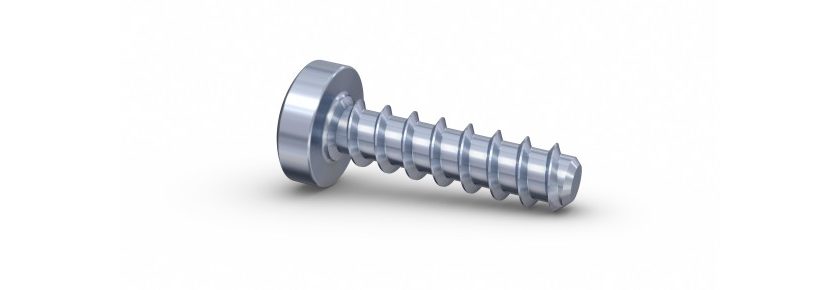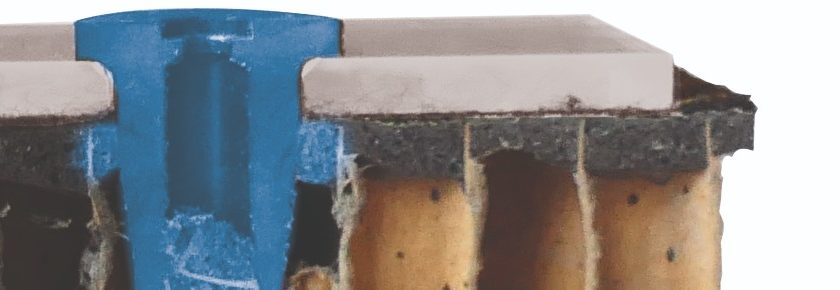When your business wants to improve productivity and increase profit, one strategy that you can adopt is lean manufacturing. This process identifies the wasteful steps in your manufacturing process and eliminates them to cut costs and speed up scheduling. Two important components of lean manufacturing are throughput and lead time.
Lead Time
Lead time defines the period from when the customers place the order for your product to when they finally receive what they ordered.
· Short lead times satisfy customers more because they don’t have to wait too long to benefit from your product. They’ll broadcast your efficiency to their colleagues and friends, which can lead to more orders being placed by others.
· Long lead times disappoint customers who may wonder what happened to their order. They might either cancel their order or demand compensation for waiting, which increases your cost. They’ll complain about your inefficiency to anyone who’ll listen and be reluctant to order from you again.
Throughput Time
Throughput time measures the period from when the raw materials are gathered to the completion of the final product. Start to finish throughput time is generally the sum of the following time intervals:
· Processing Time is the amount of time spent in actual manufacturing on a machine. Raw materials become the finished product during this time.
· Inspection Time is the time to ensure that the product meets quality standards. This can involve verifying components and sub-assemblies, testing electronics, and manually checking for any issues like incorrect fits.
· Move Time is the interval spent moving materials or sub-assemblies from one machine to another or from warehouse inventory to the factory floor.
· Queue Time, which is also known as wait time, comprises the times before processing, inspection, and moving.
If you improve throughput time, it will ultimately lead to shorter lead times.
How Bossard Can Help
Bossard reduces production process time and optimizes the value chain through our advanced Smart Factory Logistics systems and technologies. If you want to know how we can help you develop manufacturing processes and facilities that are agile and intelligent, contact us today at ProvenProductivity@bossard.com.

